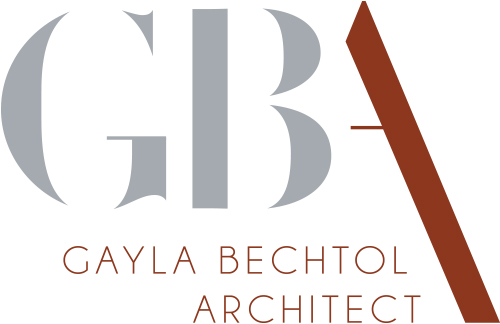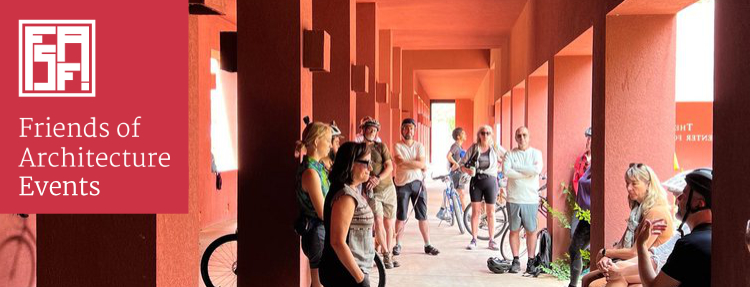No. 7 | Choose adobe
In the March edition of The Santa Fe New Mexican’s Home Magazine, I talk about my thoughts about adobe, and why I think you should choose adobe. Urban Sense.

Read The Article:
It is no secret that there are converging crises in our world. I am privileged to be an architect, and believe architects can be change agents in developing and delivering solutions to society’s most pressing needs. One of those pressing needs is climate change and one way to address it is building better. In Santa Fe one of the traditional methods of building better is adobe. We have learned how to build with the earth from the indigenous people of our region and the desert-dwelling peoples that crossed the Atlantic Ocean to come to what for them was a “new” world.
I visited the Gulf Coast soon after Hurricane Harvey made landfall. I will never forget the devastation and the subsequent clean-up. Most of the buildings were wood frame, with metal or asphalt roofing, and with some kind of Styrofoam or fiberglass insulation behind composite sheathing and siding. After the hurricane, they were no longer houses, it was all trash, to be pushed to the street, carted way, and then incinerated, because the landfills could not handle the volume. It took months to incinerate it all. This revealed to me that most of our building materials are not bio-degradable, or even recyclable at scale, that there is no place for most of the materials we build with but the landfill. I have been watching adobe buildings fall into the earth all over New Mexico and didn’t connect the dots until I saw the mountains of these transient building materials waiting to be burned, and to release even more carbon into the atmosphere.
Adobe is one of the more carbon-neutral (and sequestering) materials available to us, especially if the adobes are made on site, with material from the site. Adobe is not only culturally of the place we live but after the building has served its purpose the adobe melts back into the earth. Adobe doesn’t have to travel far. Even if one doesn’t make them, they can be purchased locally. Using adobe supports local knowledge and artisans, and it is non-energy-intensive.
There are other reasons to build out of adobe. One is the quietness and calmness of an adobe building. Designing an adobe structure oriented for maximum heat gain in the winter provides that added benefit and the same mass provides extra cooling in the summer because of thermal inertia. Think of the pleasure of sitting next to an adobe structure in the winter, protected from the wind, with the sun heating the wall. Building with mass — adobe bricks, rammed earth, straw clay, hempcrete, all bio-degradable materials, temper the highs and lows of the diurnal swings of both winter and summer temperatures.
Building with a material that will melt back into the earth, or bio-degrade eventually, and that has decent insulation values is critical. Through some great resources, both locally and internationally (see Architecture 2030.org) we learn it is the embodied carbon in construction materials, not just a building’s energy use, that should be measured and conserved. We need to use fewer extractive materials like concrete, steel, and Styrofoam or other materials derived from petroleum. Adobe has poor insulation values, but other insulation options are available: dense-pack cellulose, denim, and icynene (made from castor oil beans) are obvious choices.
In order to insulate, a thicker wall may be necessary. One option is biodegradable insulation in a cavity between the inside and the outside in order to take advantage of the thermal inertia the mass provides and to slow the changes in temperature even more. I feel compelled to also mention that adobe is currently the most expensive way to build, assuming you are paying someone else to build your home. It is labor-intensive and labor is the most expensive part of building. Building, making a place to live, out of the materials at hand, how we build, and who we build with defines who we are, and how our children will live. Look to our present while we build our future.
Gayla Bechtol received her architecture degrees from Harvard University and from the University of Southern California. Gayla Bechtol Architects is a design-centered architecture/urban design/historic preservation practice that has created designs for homes, institutions, and urban spaces for nearly 30 years. Bechtol practiced deep democracy while leading the citizens of Santa Fe to the award-winning Santa Fe Railyard. She is a board member of Friends of Architecture Santa Fe.
Related Articles




